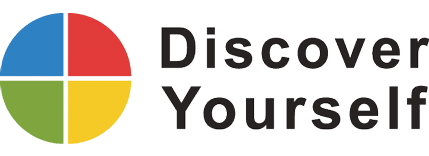Leading the Four Color Personalities
Being the boss is the best. The boss is the top of the pile, the head honcho, the person to whom everyone else looks for guidance and insight. The boss knows the inner workings of the business, knows how to steer the company through thick and thin, and manages projects and people with grace.
Of course, being the boss is a difficult job, and sometimes bosses turn out to be just as flawed and human as anyone else. The leaders of a company, leaders of an individual division, and leaders of teams within a company all have their strengths and weaknesses, both personally and when dealing with their co-workers. Taking into consideration the personalities of all people involved can help create better leadership styles as well as working relationships with others.
Leading by example
Successful leaders lead others in a way that inspires. These leaders don’t yell, cajole or threaten to get a job done. They know that respect will get them a lot further than emotional manipulation will. Unfortunately, the stressors of being a leader or being a boss very much exist. We don’t always operate the way we would like to under pressure, and bosses can take out their frustration on those working for them.
Acknowledging the personality and leadership strengths and weaknesses of bosses and leaders within a company can help pave the way for respect and success in business. Not everyone will always get along, but leaders are the most visible when it comes to adapting and communicating with people around them.
Learning and leadership
People don’t and shouldn’t stop learning just because they’ve advanced professionally. When it comes to being a leader, there is still a lot left to be learned just about yourself and how you function when in charge of managing many projects and people well. Leadership can be a struggle because you have to take into consideration the personalities of the people who are working for you, as well as your knowledge of your personality. How you interact with your employees can bring insight into how you may be adapting and communicating at work in ways that can be beneficial or harmful.
The best kind of professional leader isn’t one who necessarily has all the answers, but is one who commits to their job and their team. Part of this commitment is understanding the important role personality plays in the workplace.
Jung opened up an entirely new world with his discoveries, and discoveries into the psychology of personality and the self are still being made today. Insights Discovery is based squarely on Jung’s theories, and as such is an invaluable tool in helping people understand themselves and others. Schedule me, Scott Schwefel, as your keynote speaker, and I will come to your group and address the differences in personalities in a truthful, fun, and easy-to-understand way. Follow me on Facebook, LinkedIn, and Twitter to share my blogs with the color energies you work with!












